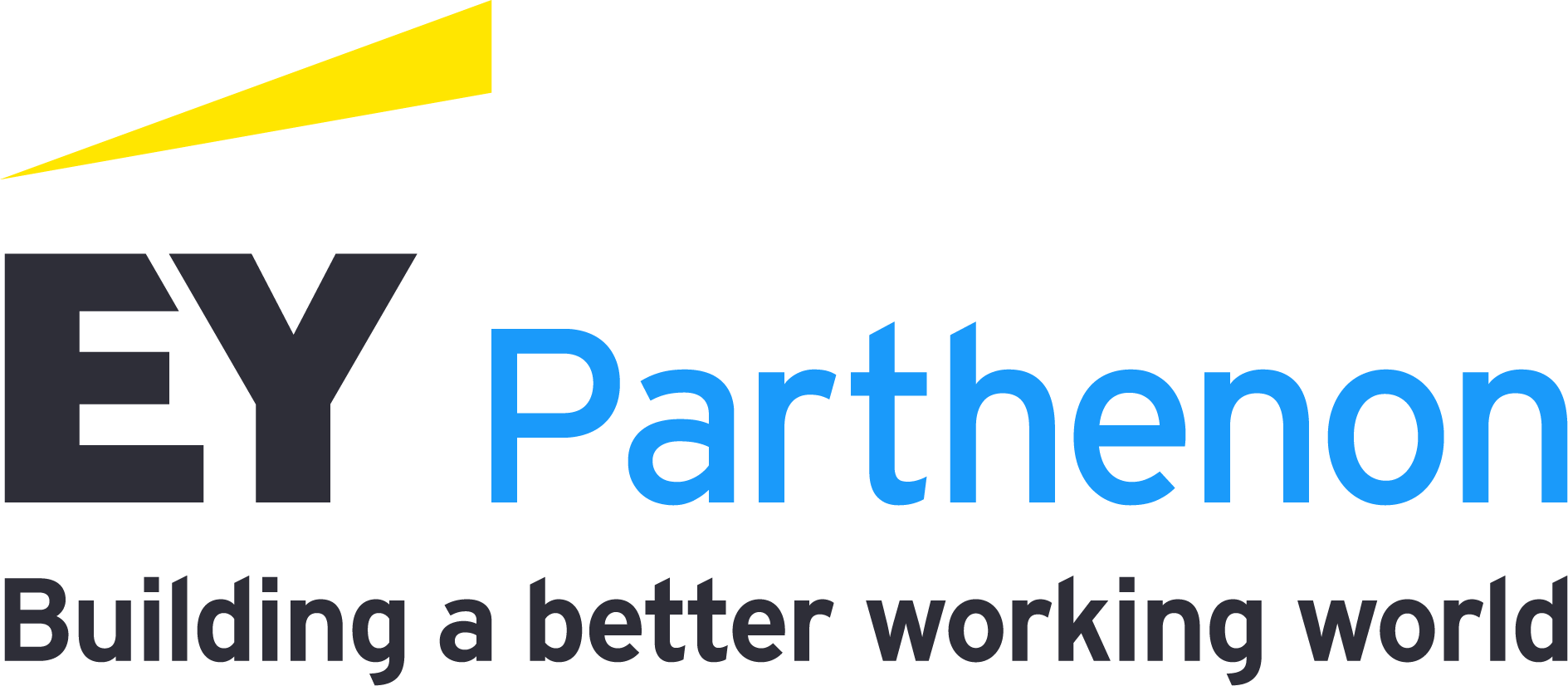The shape of the decision diamond is characterized by its size and symmetry, reflecting the balance and magnitude of performance against the four dimensions respectively. In our experience, enterprises that lead their market define the optimal shape — a large and symmetric diamond whose outer bounds are calibrated by its performance on each of the dimensions. Most enterprises fall short of this optimal shape due to linear strategies that fail to consider the enterprise’s priorities, performance and capability gaps as a whole.
The key dimensions of the decision diamond include:
- Market footprint: Identifying new market opportunities (both across geographies and sectors) and/or rationalizing existing footprint
- Product portfolio: Optimizing the product portfolio to meet evolving customer needs
- Operating model: Improving process efficiencies and developing optimal business model structure
- Cost structure: Rationalizing cost to improve profitability and achieving optimal operating leverage
Leveraging the decision diamond to survive
A. Divesting underperforming business segments: identify underperforming (high cost base, low revenue growth) business segments, including products, brands and market; develop an efficient and cost-effective carve-out plan for associated assets (e.g., property, plant and equipment [PPE]); divest identified segments to increase liquidity and focus on improving performance of the remaining core business
B. Driving rapid cost reduction in core business: identify/eliminate drivers of efficiency loss and material waste; reduce nonessential personnel headcount to cut direct and indirect labor costs; track and mitigate nonessential expense purchases; drive vendor consolidation and revisit contractual agreements to achieve procurement-related savings
C. Improving liquidity through working capital-related quick wins: restructure vendor and customer payment terms to reduce the cash conversion cycle; drive efficiency in order-to-cash, forecast-to-fulfill and procure-to-pay processes to limit inventory-related costs
D. Optimizing production throughput: rationalize capacity and optimize throughput by reducing downtime and eliminating production bottlenecks to prevent stock-outs and reduce production costs
E. Driving quick wins through strategic investments: prioritize potential investments to prevent performance rollback and boost stakeholder confidence; invest in potential low-cost technology upgrades to streamline manufacturing processes; hire key talent to support strategic initiatives
Leveraging the decision diamond to transform — operational issues mode
A. Optimizing route-to-market (RTM) model economics: Understand the economics and structure of the current RTM model, including cost, price, channel partners, geographic reach and volume lift; evaluate channel partner performance and identify opportunities to top-grade channel partner; re-evaluate arrangements and renegotiate contracts to reduce “cost-to-serve” while not compromising on service levels
B. Improving salesforce effectiveness and delayering governance structures: understand current performance gaps by analyzing key metrics (including salesforce productivity) and customer and salesforce feedback; redefine and ratify a clear sales strategy and set specific team goals, reporting structures and bonus thresholds; target high-value accounts and direct sales resources to opportunities with the biggest payback; ensure customer engagement during the sales cycle
C. Driving margin expansion: identify opportunities to increase the blended price point and reduce costs; develop channel-specific pricing and identify cross-sell and upsell opportunities; consolidate supplier base to drive economies of scale; meaningfully rationalize trade and advertising spend to capture customer acquisition-related savings
D. Refining cash conversion and throughput: renegotiate and consolidate vendor contracts and payment terms; invest in new technologies to improve throughput and capacity utilization; continue to eliminate production bottlenecks, limit waste and reduce complexity in product design
E. Improving capital efficiency and fixed cost leverage: conduct a strategic review of PPE across the value chain to identify underperforming assets on a return on capital employed (ROCE) basis; develop a plan to rationalize selected parts of the production process by either optimizing remaining assets or outsourcing to third-party operators
Leveraging the decision diamond to sustain
A. Continuing to invest in core business to drive defensibility and differentiation: identify areas to maintain differentiation and defensibility, including branding, customer acquisition, intellectual property/R&D and talent; prioritize investments based on strategic goals and core competencies
B. Identify strategic acquisitions for market consolidation: identify meaningful and value-accretive acquisition opportunities to increase market share through category, market or vertical expansion; strengthen product portfolio; drive to achieve robust integration to capture revenue and cost synergies
C. Create new segments/categories: develop products that have the potential to disrupt the status quo in the current marketplace; drive to enhance the customer experience and deliver best-in-class quality
D. Continue to strive for operational excellence: drive toward a leaner cost structure and a best-in-class operating model to continue to improve margins and ensure end-to-end control; refine processes by focusing on data-driven insights to manage performance; conduct periodic stress tests to mitigate potential issues in a timely manner
E. Strategic divestitures: assess health of business portfolio to identify underperforming business units (segments and/or markets); measure the marginal value (contribution vs. cost) of business unit to the broader portfolio and enterprise’s objectives; make disposal decision
Conclusion
In today’s complex marketplace, linear business strategies do not succeed. To adapt to changing business climates, business leaders will increasingly need to develop multipronged strategies that consider their business’s operating model, cost structure, product portfolio and market footprint.
When developing successful strategies, business leaders need to rationalize the trade-offs among timing, economics and competitive response. Some strategies could be slow-moving and accretive but show cumulative results over extended periods, while others could be quick wins that have a shorter turnaround.
Business leaders need to view adapting to the changing business environment as a continuous process to stay ahead of the competition and deliver true value to stakeholders. Without creating a culture of self-assessment and re-invention, enterprises risk eroding long-term stakeholder value. Those that are unable to adapt will fail. The journey to unlock value begins today.






